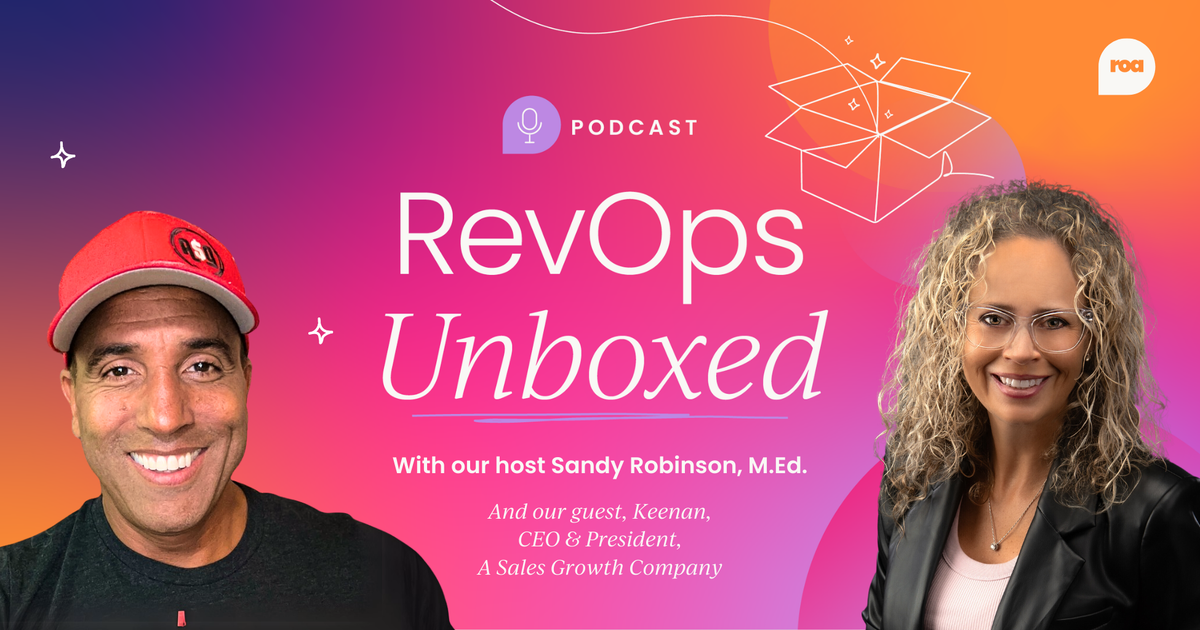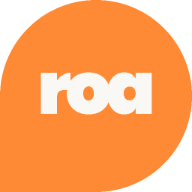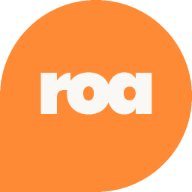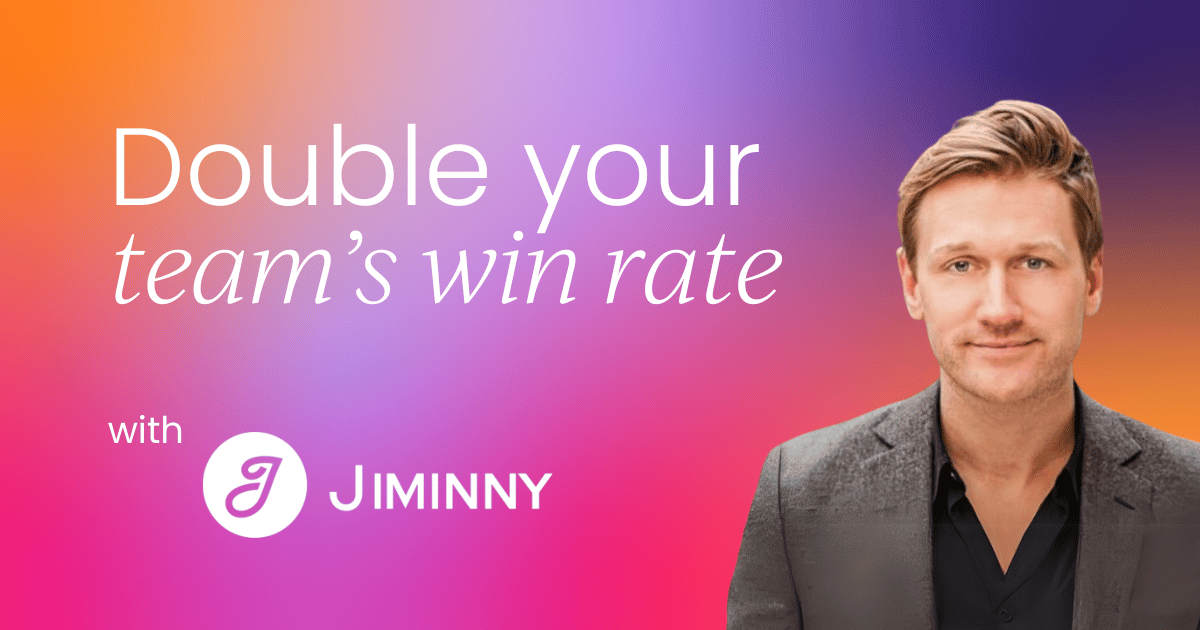Sales teams today are being asked to do more with less. Budgets are tighter, sales cycles are longer, and expectations are higher. That pressure isn't going away.
So, since you’re reading this, you probably work in revenue operations, and you're probably already thinking ahead to how to squeeze more results from the same resources in 2025.
At Jiminny, we managed to double our win rate without increasing our pipeline. We didn't throw more leads into the top of the funnel. We didn't hire twice as many reps. We looked inward – at the conversations we were already having, the tools we were already using, and how we coached and developed our team.
Let’s dive into the top nine strategies we used, so you can do the same.
1. Mastering call performance by breaking it down
The first thing we did was look at how we coached calls. Not just "are reps having good conversations?" but really breaking it down into three key areas:
- Talk tracks
- Call structure
- Methodology
Let’s start with talk tracks. If your product team is putting all this investment into a new feature, are you actually coaching your reps on how to explain that feature clearly, in a value-led way?
We treated each feature like its own training unit. We measured how well reps were talking about it, not just whether they mentioned it. That made a huge difference.
Then there’s structure. A good call, like a good story, has a beginning, a middle, and an end. But a lot of sales conversations are all over the place. We started coaching on how to run a conversation properly – not just what reps said, but how they structured it. Did they open strong? Did they close with clear next steps? Were they controlling the flow?
Finally, we layered in methodology. Whatever you use – MEDDIC, BANT, or something custom – you need to apply it consistently to manage your deals. But don't confuse methodology with call structure.
One CRO told me they were using MEDDIC as their call framework. That’s not what it’s for. It’s a deal management approach, not a guide for how to run the call itself.
Breaking call performance into these parts helped us train and measure more effectively. And more importantly, it gave our team clarity.

2. Scoring calls to define what good looks like
Once we had those building blocks, we started scoring calls.
This doesn’t have to be automated. You can start small. But if you’re not scoring calls in some way, you’re flying blind. You have no way of knowing what “best-in-class” looks like inside your org.
For us, it wasn’t about quantity. We weren’t trying to listen to every call. It was about quality. We picked the calls that mattered most and built a system to track and improve those. And yes, we used AI.
But here’s the thing – AI doesn’t mean anything if you don’t act on the data. If the insights don’t lead to better coaching, you’re just collecting vanity metrics.



 8 min read
8 min read
 Follow us on LinkedIn
Follow us on LinkedIn





